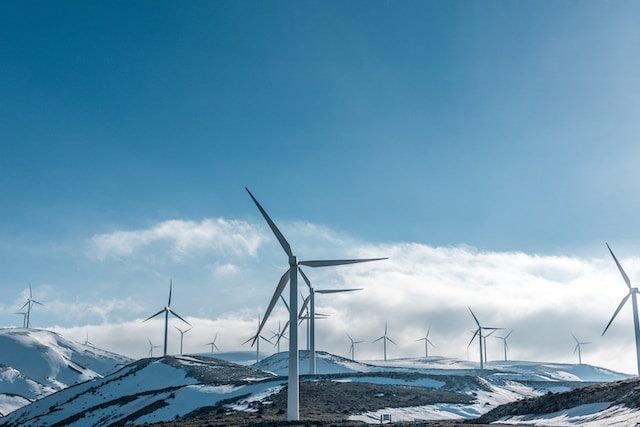
Organic waste, such as food scraps, agricultural residues, and animal manure, often ends up in landfills, contributing to greenhouse gas emissions and environmental pollution. However, with the advancement of technology and the increasing awareness of sustainable practices, we can now harness the power of organic waste to generate bioenergy. Bioenergy is a renewable energy source that can be derived from organic materials and has enormous potential to provide clean, sustainable power while reducing the burden on our landfills. In this article, we will explore the concept of bioenergy and its benefits in more detail.
What is Bioenergy?
Bioenergy is a form of renewable energy that is derived from organic materials, such as plants, forestry residues, and organic waste. The process of converting these materials into bioenergy involves biochemical or thermochemical methods, such as anaerobic digestion, fermentation, or combustion.
There are three primary types of bioenergy:
- Biofuels: These are fuels produced from biomass, such as bioethanol and biodiesel, which can be used as a substitute for fossil fuels in transportation.
- Biopower: This refers to the production of electricity or heat through the combustion of biomass in power plants or co-generation facilities.
- Biogas: Biogas is produced through the anaerobic digestion of organic waste, mainly consisting of methane and carbon dioxide. It can be used as a fuel for heating, cooking, or generating electricity.
The Benefits of Bioenergy
Bioenergy offers several advantages compared to traditional fossil fuels:
- Renewable: Organic waste is an abundant and readily available resource. By utilizing bioenergy, we reduce our dependence on finite fossil fuel reserves and contribute to a more sustainable future.
- Reduced greenhouse gas emissions: When organic waste decomposes in landfills, it produces methane, a potent greenhouse gas. By converting it into bioenergy, we can minimize methane emissions, reducing our carbon footprint.
- Waste management: Bioenergy provides an effective way to manage organic waste and divert it from landfills. This helps to reduce the environmental impact of waste disposal and promotes a circular economy.
- Job creation and economic growth: The bioenergy sector creates job opportunities, particularly in rural areas, and contributes to local economic development. It offers a sustainable alternative to traditional energy sources and helps to diversify energy supplies.
Applications of Bioenergy
Bioenergy has a wide range of applications:
Transportation:
Biofuels, such as bioethanol and biodiesel, can be used to power vehicles. They can be blended with gasoline or diesel or used in their pure form, depending on the engine’s specifications.
Electricity generation:
Biopower plants generate electricity by burning biomass. The heat produced during combustion is used to convert water to steam, which drives a turbine connected to a generator. Biopower plants can provide a constant and reliable source of renewable electricity.
Cooking and heating:
Biogas, produced through anaerobic digestion, can be used as a cooking and heating fuel. It offers a sustainable alternative to conventional fossil fuel sources and can be utilized in households and commercial establishments.
Rural energy access:
In rural areas with limited access to grid electricity, bioenergy can play a crucial role in providing reliable and affordable power. Small-scale bioenergy systems can be set up to meet the energy needs of communities, powering homes, schools, and local businesses.
Conclusion
Bioenergy offers a sustainable and renewable source of power by harnessing the potential of organic waste. Through various conversion technologies, organic materials can be transformed into biofuels, biopower, and biogas. By embracing bioenergy, we can reduce our dependence on fossil fuels, mitigate greenhouse gas emissions, and promote a more circular and sustainable economy. It is a key solution in the fight against climate change and an opportunity to create a cleaner and greener future for generations to come.
